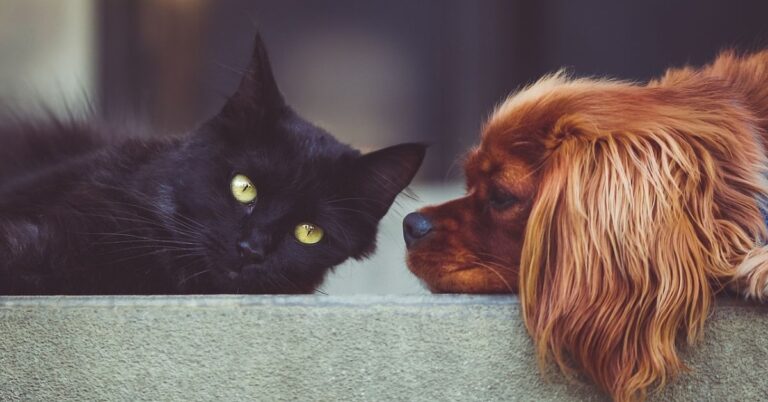10 Ways The Finnish Spitz Shaped The Country’s Hunting Culture
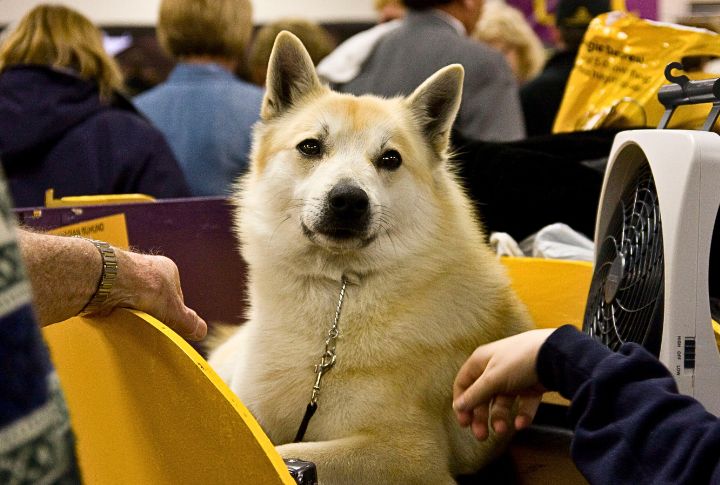
Some breeds play fetch. This one helped shape a nation’s hunting identity. The Finnish Spitz isn’t just a dog—it’s a cultural breadcrumb trail through Finland’s forests. Curious how a single breed ended up so legendary? Here are ten things worth knowing about.
Bark-Pointing Is Their Signature Skill
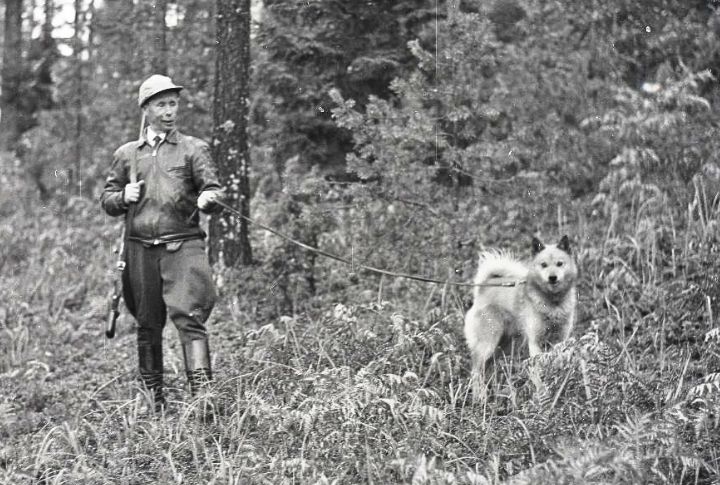
Rather than flush or retrieve, this breed traps treetop game by barking rhythmically beneath it, known as “bark-pointing.” The sound holds the bird’s attention long enough for the hunter to close in. Each bark isn’t random; tone and tempo change based on distance and urgency.
Their Native Bloodlines Stayed Remarkably Pure

Despite trends in crossbreeding, Finnish Spitz lines remained remarkably unaltered due to Finland’s remote forests and tight-knit breeding practices. Early 20th-century enthusiasts took deliberate steps to document pedigrees and discourage foreign influence. This is to preserve traits like keen scenting and high-pitched vocalization that define the breed’s original purpose.
Their Fox-Like Features Serve A Tactical Edge
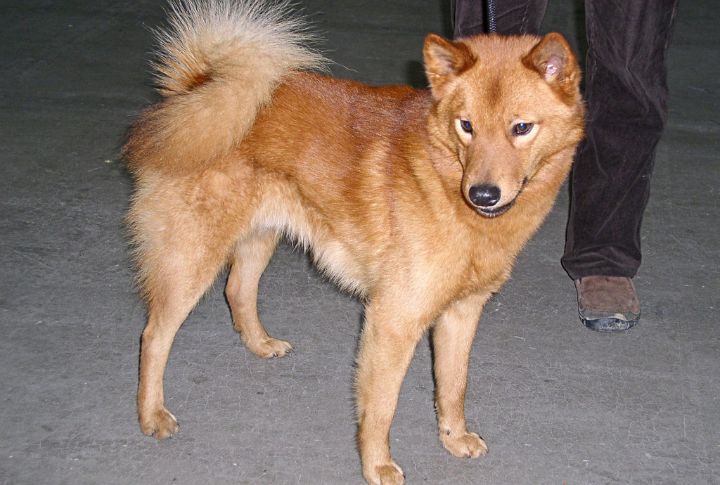
The Finnish Spitz’s reddish coat blends into autumn forests just enough to avoid startling birds, yet remains visible to hunters during a chase. Upright ears catch faint rustles, while the curled tail acts like a visual signal in thick brush. Every trait supports its job: locating the game, holding it in place, and guiding the hunter in.
They Compete In Finland’s Elite Hunting Trials
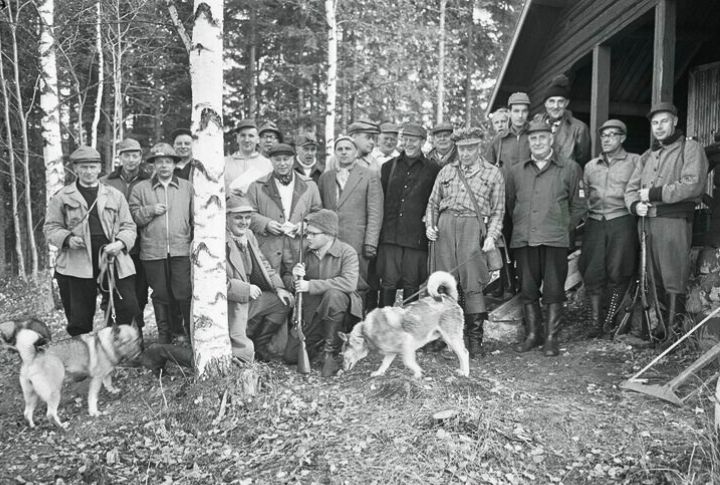
In Finland, annual trials test a Finnish Spitz’s ability to locate, bark-point, and hold game birds in place for extended periods. Dogs earn titles like “Hunting Champion” based on precision and endurance. These regulated trials preserve the breed’s practical skills and honor its enduring role in Finnish hunting tradition.
Their Hunting Ability Peaks Around Age Three

The Finnish Spitz isn’t born a master hunter, but rather grows into the role. By age three, most dogs refine their bark control, learn how to track without spooking birds, and time their pauses for better pointing. Before that, younger dogs watch and follow experienced hunters, slowly sharpening the instincts they were bred for.
A Starter Dog For The Next Generation
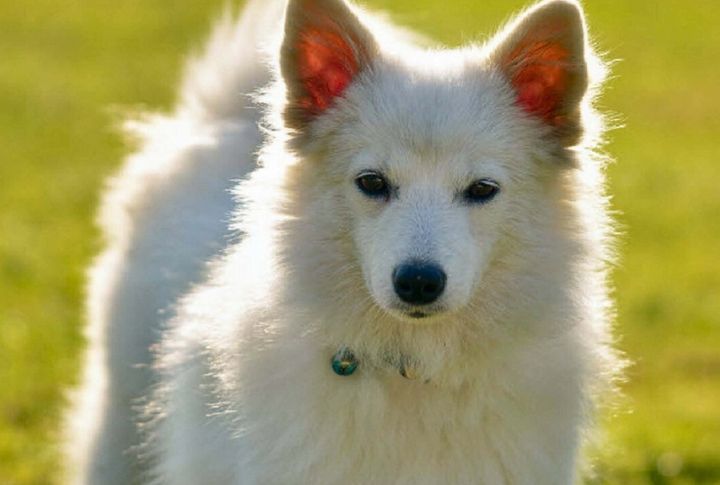
Hunting with a Finnish Spitz isn’t just a pastime—it’s a lesson. Many Finnish kids learn to hunt birds with this breed through junior clubs or family traditions. The dog teaches them how to read the forest, track sound, and connect with the land through instinct and patience.
They Are Celebrated In National Art And Literature

Which animal gets featured in kids’ books and folk tales like a national celebrity? This red-coated barker. By the mid-20th century, it had already scored a spot among Finnish school readers, where it taught generations that a loyal howl could represent way more than a hunt.
American Hunters Took Notice Of Them In The 1960s
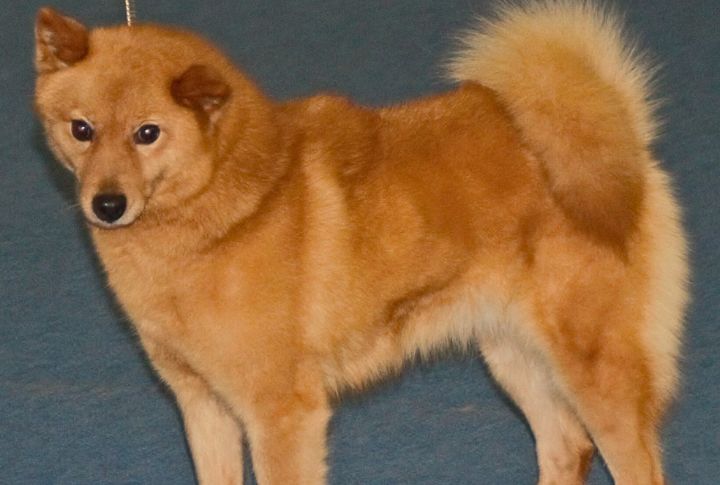
Imports began arriving in the U.S. around the 1960s, with outdoor sportsmen in Alaska and the Midwest appreciating the breed’s cold-weather tolerance and treed-bird instincts. The AKC then granted official recognition in 1991, and today, Finnish Spitz enthusiasts continue to uphold breed standards and organize hunting trials nationwide.
Their Temperament Balances The Watchfulness And Wit
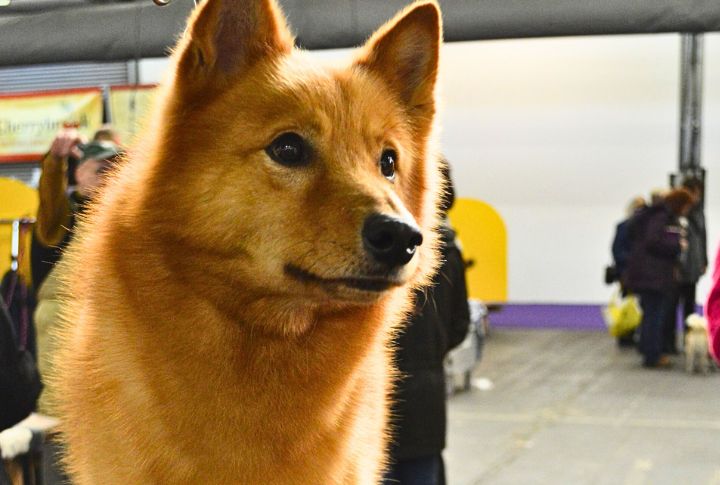
What sets them apart is an intuitive balance between alertness and emotional intelligence. They’re naturally inclined to observe before reacting, a trait shaped by generations of solo hunting. Owners who encourage independent thinking while providing structured stimulation see the breed’s fullest behavioral potential unfold.
Not Just A Hunting Companion
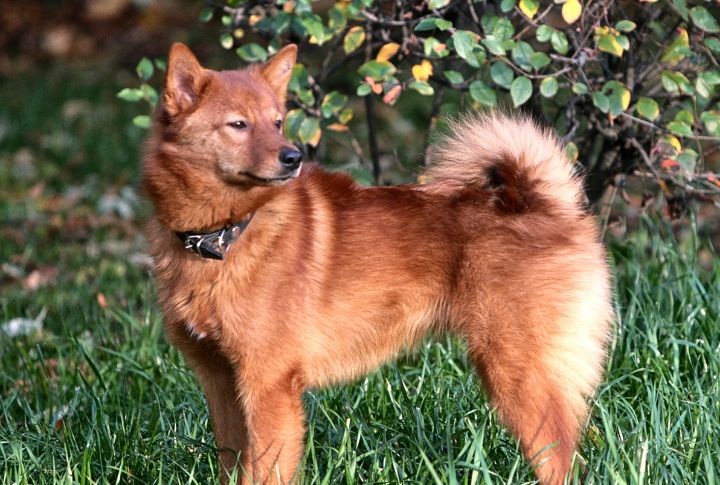
Outside the woods, the Finnish Spitz stays alert. In rural homes, keen hearing and a sharp bark often double as an early warning system. It’s not a guard dog in the traditional sense, but it’s quick to notice anything out of place—and quicker to announce it.

